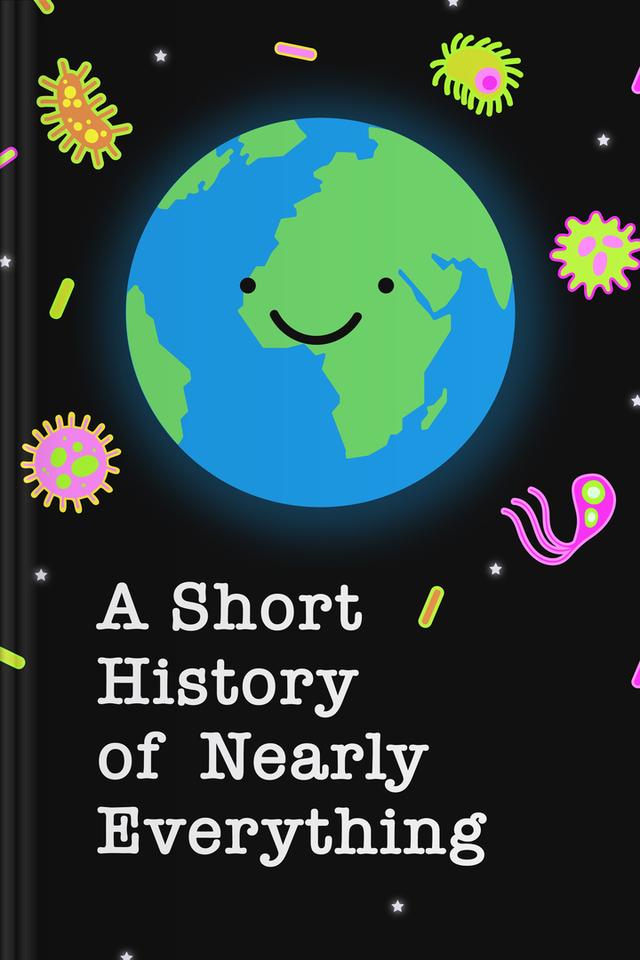You’ll learn
- What gives atoms their personality
- Why typical solar system maps distort the truth
- Which legendary physics book contains no calculations
- How a sea captain helped Newton become famous
russia has launched a full-scale war in Ukraine. Donate to support Ukraine and protect the world’s peace.

first KEY POINT
Your life is the result of an intricate arrangement of trillions of atoms. For you to maintain your existence, these intricately aligned atoms must remain in their predetermined order.We still have no clear answer on why this order exists. What force made these atoms come together in the order that is you? These atoms are lifeless, have no consciousness or emotion, and most importantly, have nothing to gain or lose.However, we consist of trillions of these atoms, all mindless particles, and their equilibrium will define your uniqueness throughout your life. However, the driving force behind this atomic balance is inherently unstable and unpredictable. A well-spent life will last an average of 650,000 hours. Once this time is up, these atoms' devotion is fleeting, and they will have no qualms about shutting you down for good.We should, however, be grateful that these atoms even decided to participate in our existence. The fundamental elements that constitute a human are available on other planets, but these atoms have refused to form humans elsewhere. When you consider the chemical constituents of a human, you’ll find carbon, hydrogen, oxygen, nitrogen, calcium, and sulfur in varying quantities.
Irrespective of whether atoms form life in other parts of the universe, the fact remains that atoms make up everything else. They are responsible for the formation of air, water, clouds, planets, rocks, stars, or swirling nebulae. Everything you know and understand about the universe is composed of atoms. Atoms are often overlooked because of their abundance.No law maintains the order of the universe, and no rule declares the universe's dos and don'ts. The universe is simply an autonomous mechanism. However, there was a time when there wasn’t a universe; there was nothing.This fascinating subject requires a deep dive into the whys, hows, and finer details. If you want to learn more about how we came to be, this summary will give you plenty of food for thought and help you become even more amazed at our world.
second KEY POINT
The size of a proton is far too small to be imagined by the human mind. But to create a universe, you must shrink that tiny proton to a billionth of its size. Place it within a small space so the shrunk proton will appear as large. Now, introduce roughly an ounce of matter into this minuscule space, and voilà, you have an expanding universe.

Continue reading with Headway app
Continue readingfirst KEY POINT
second KEY POINT
third KEY POINT
fourth KEY POINT
fifth KEY POINT